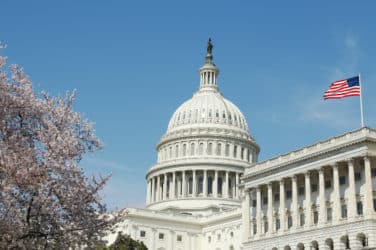
The rollout of the U.S. swap execution facility (SEF) regime, and the extraterritorial reach of those rules, could lead to market fragmentation, with separate pools of liquidity emerging for U.S. and non-U.S. persons, according to the International Swaps and Derivatives Association (Isda).
“A fragmentation of liquidity could lead to less efficient pricing in certain markets, as well as greater volatility – something the G-20 stated it wanted to avoid in September 2009,” said Isda CEO Robert Pickel in a blog posting.
According to the December Isda survey, 46% of respondents said fragmentation had led to different prices for similar types of transactions, but this trend may become more pronounced over the next month.
“While trading platforms have had to register as SEFs since October, U.S. derivatives users haven’t been obliged to use them – they could continue to trade by phone or via single-dealer platforms,” Pickel said. “That will change on February 15, when the first trade execution mandates come into force. From that point, U.S. participants will be required to trade those interest rate derivatives subject to made-available-to-trade determinations on registered SEFs or designated contract markets. Non-U.S. entities won’t – and will probably continue not to want to.”
European dealers have been opting to trade euro-denominated interest rate swaps with other European counterparties since the start of the SEF regime on October 2, 2013, according to newly published Isda research. Based on the volume of trades cleared at LCH.Clearnet, approximately 90% of European interdealer activity in euro interest rate swaps is now being traded with other European firms, up from roughly 75% before October.
That tallies with an earlier survey published by Isda in December, which found 68% of respondents had reduced or ceased trading activity with U.S. persons since the SEF rules came into effect, while 60% had noticed a fragmentation of liquidity.
“Why are these rules affecting the trading habits of European dealers?” said Pickel. “It can all be traced back to the last-minute inclusion of footnote 88 within the final SEF rules, agreed by the Commodity Futures Trading Commission (CFTC) last May.”
That footnote essentially required all multiple-to-multiple trading platforms to register as SEFs, even if the products they offer aren’t subject to a trade execution mandate – an inclusion that sent a number of venues scrambling to submit their applications before the October 2 deadline.
Combined with that was uncertainty about final interpretive guidance on the cross-border application of Dodd-Frank, published in the Federal Register on July 26. While the treatment of SEFs wasn’t explicitly covered, a number of non-US electronic trading platforms interpreted the guidance to mean they would need to register with the CFTC if any U.S. person – including foreign branches of US banks – traded directly or indirectly on their venue.
“Given the complex registration process, and the need for SEF customers to sign lengthy end-user agreements, a number of non-US platforms decided it was simply easier to ask U.S. participants to stop trading on their platforms, or to split their businesses between U.S. and non-U.S. liquidity pools,” Pickel said. “The latest ISDA research shows this has become a reality.”
“Global regulators have talked a lot about the need for cooperation to ensure a consistent application of the new regulatory framework, and to avoid fragmentation and less efficient markets,” he added. “This latest evidence suggests fragmentation is happening, and that can’t be a good thing.”






